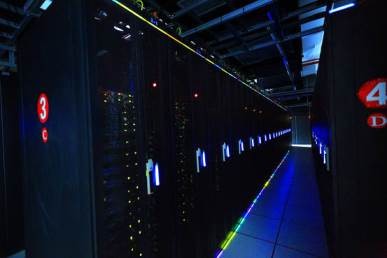China’s popular search engine Baidu takes pride of its new achievement when it said that its image recognition technologies have attained a higher level of accuracy than Google's.
In a paper published this week, Baidu explained that the new record was made possible through its supercomputer Minwa, which registered a top-5 error rate of 4.58 percent in terms of recognizing images.
According to the paper, the top-5 error rate is determined by evaluating how often the system's top five guesses would miss the right answer for a given image.
Google had previously held the best record in image recognition with a top-5 error rate of 4.82 percent, compared to Microsoft which only managed to make it with 4.94 percent.
Compared to humans, who have an average error rate of 5.1 percent, the artificial intelligence systems obviously did better.
Baidu said in the paper that its supercomputer Minwa is powered by 72 Intel Xeon processors, which are equipped with 144 graphic processing units.
The company said their scientists have been training the supercomputer to learn and recognize the essential characteristics of subjects, which enabled Minwa to recognize an object or a subject even if the given image is colored or distorted.
In the paper, Baidu also published the test results to show how powerful Minwa is in recognizing subjects from an image, whether it is a printed photo or even if the photo is tilted, slanted or held at an oblique angle.
Baidu said that they have used a similar approach for their speech recognition experiment and they also achieved state-of-the-art results.



























